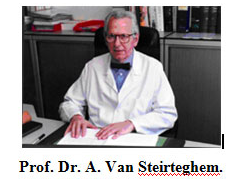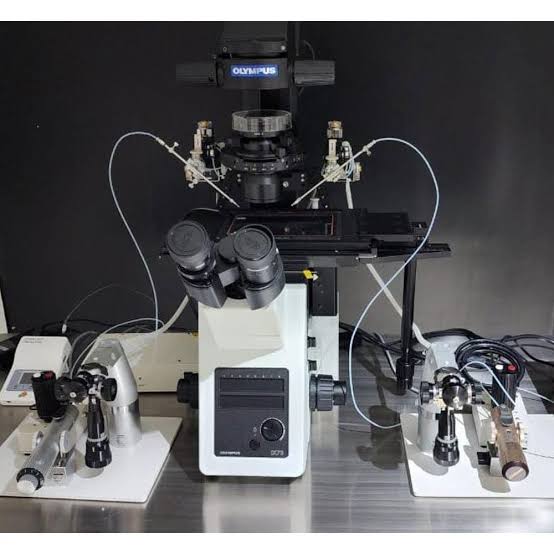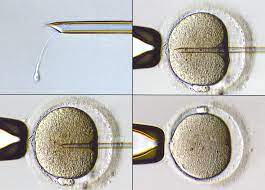- Azoospermia (absence of sperm in ejaculate). It can be due to -
- Obstruction in ejaculatory ducts
- Retrograde ejaculation - where the ejaculate goes back into the bladder.
- Absence of vas deferens.
- Anejaculation - when the patient has the problems in ejaculation.
- Due to failure of testes to produce sperm.
- Severe Oligospermia - sperm count less than one million/mL
- Asthenospermia - very poor sperm motility
- Tetratozoospermia - less than 1% normal sperm.
- Refractory unexplained infertility
- Oocyte abnormality - the outer layer (zona-pellucida) of oocyte is resistant to the entry of sperm.
- Antisperm- antibodies
ICSI was successfully applied first by Prof Dr A.Van Steirteghem in1993 in Belgium. It is currently the most advanced technique available for the treatment of male infertility. It is helpful in achieving pregnancy in patients which were long considered to be untreatable. Now men with sperm disorders have much better chance of fathering a child of their own genetic material. In this procedure a single sperm is injected into the oocyte in highly specialized manner thus ensuring the fertilization. Satjot fertility centre is the World’s Best ICSI treatment in Amritsar, Punjab. It is combined with IVF-ET. The results have been nothing short of amazing, with pregnancy rates equal to or slightly surpassing the normal fecundity rates. Pregnancy rates are independent of any semen parameters like numbers, motilityor morphology

Paul Devroey


Gianpiero Palermo
The woman is down-regulated, super ovulated and the oocytes are retrieved under ultrasound guidance as in IVF procedure. Sperm sample is collected from ejaculate or epididymis through microsurgical aspiration (MESA) or testes through testicular biopsy (TESE). As a result pregnancy can be achieved even in couples in whom the male is absolutely azoospermic. Even in case of testicular failure it is now possible in around 50% cases to collect at least few sperms sufficient to perform ICSI procedure. ICSI Machine
Sperm sample is prepared in the laboratory. The single sperm is injected into the denuded oocyte in a very carefully selected position. High quality embryos are obtained which are incubated for 16 hours, checked for fertilization and then transferred into uterus.

ICSI Machine

Fertilization of Oocyte
The success rate is approximately 30% per cycle.
Contradiction for ICSI
The absolute contradiction is genetic abnormality.
TESA (Testicular Sperm Aspiration) This procedure is applied for azoospermic men. Here the few sperms needed for fertilization of the egg are retrieved from testes through needle aspiration. The procedure is now combined with ICSI.
TESE (Testicular Sperm Extraction) Sperm are obtained through micro surgery. MESA (Microsurgical Epididymal Sperm Aspiration) Here the desired sperms are obtained from Epididymis.
PESA (Percutaneous Epididymal Sperm Aspiration) Here a needle is introduced into the epididymis and the contents aspirated to procure some sperms.






